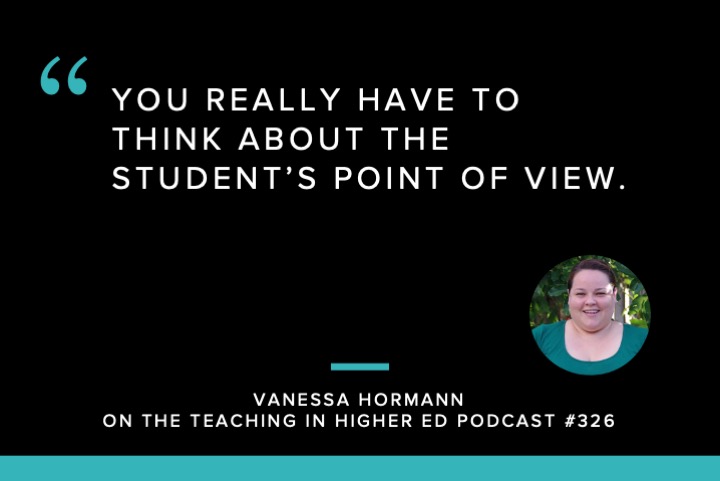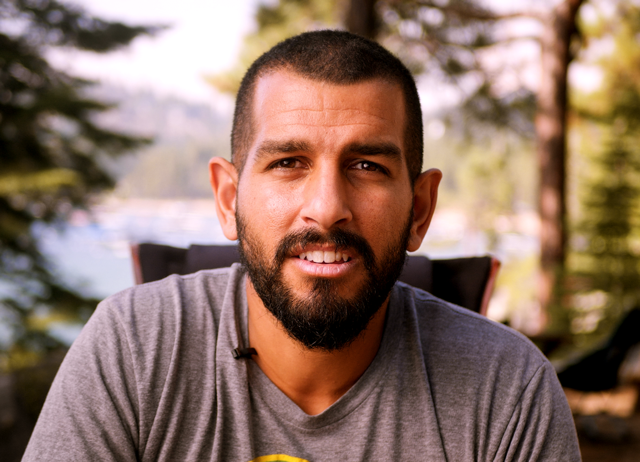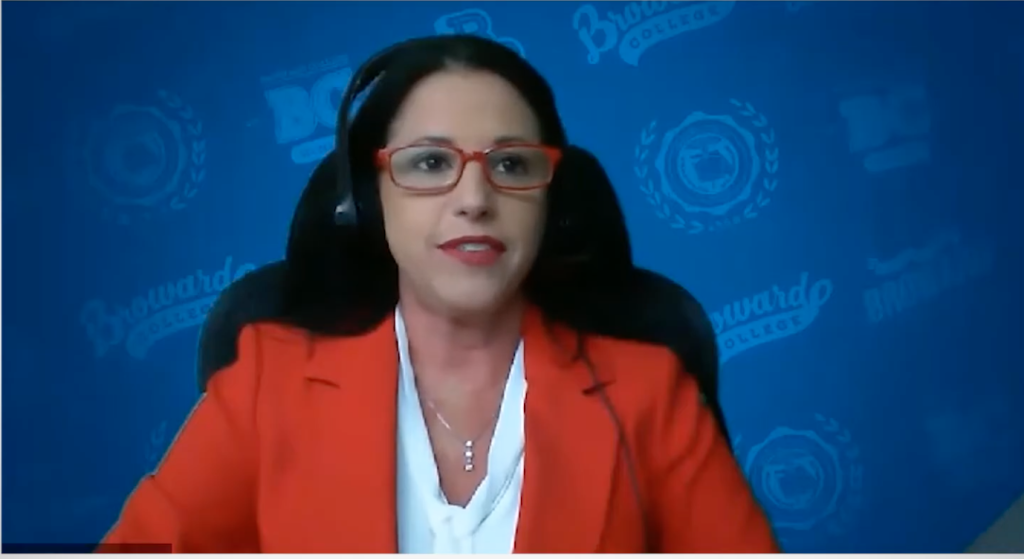Video: Professor Goes ‘Viral’ With Help From Snoop Dogg
Last month, Professor Benny Ng was looking for material to welcome his new students to Chem 60 at Los Angeles Pierce College. Ng had recently started ACUE’s course in Effective Online Teaching Practices and completed the first module, Welcoming Student to Online Learning. He wanted to create a lighthearted welcome video to assuage his students’ fears about online learning—and encourage them to read the syllabus.
That’s when he stumbled upon a short video of Snoop Dogg circulating on social media. A network of colleagues across the continent had each kicked in money to have the legendary rapper record a message on Cameo urging students to read their syllabus. After securing permission, Ng used the clip to create a welcome video that caught his students’ attention and went viral:
was not expecting this from my chem professor but i’m also not complaining pic.twitter.com/zR8lSn18Km
— ❁ུ۪ (@kawaiitlyn) September 1, 2020
“Students often tell me that online learning feels like they are working alone in the dark,” said Ng, whose video has racked up over 10 million views. “They see a bunch of names of classmates without seeing their faces. I want to create a safe and inclusive online learning environment so that students become more willing to participate in class.”
We asked him about the video and his work as a teacher in the interview below.
Why did you become a teacher and what do you love most about it?
I’m a first-generation college graduate from an immigrant family, so I wanted to become a teacher and mentor to provide students with the confidence and skills they need to be successful in their future endeavors.
The best reward for being a teacher is hearing from my former students. It’s when they tell me that they excelled in organic chemistry, or transferred to their dream four-year university, professional school. Sometimes, they did not believe they could do it and I get to see the transformation process unfolding right in front of my eyes.
What motivated you to participate in ACUE’s course this year?
I am participating in ACUE’s Effective Online Teaching Practices course this year because I want to learn and implement more research-based practices into own teaching. All of us need to have a growth mindset and, as an instructor, I want to lead by example.
What inspired your approach to creating your welcome video?
Students often tell me that online learning feels like they are working alone in the dark. They see a bunch of names of classmates without seeing their faces. I want to create a safe and inclusive online learning environment so that students become more willing to participate in class.
Therefore, I wanted to create a welcome video that would also give students the feeling that, “this is going to be a different kind of class.” I thought that giving them a snippet of my personality and having Snoop Dogg appear could do that—and set the stage for us to have a successful teaching and learning journey together.
Why did you focus on having students read the syllabus?
The syllabus is often the first document students receive from teachers, but it’s also the most overlooked. As a first-gen immigrant college graduate myself, I did not know what syllabus was about. They usually ended up crumbled at the bottom of my backpack.
When I became a professor, I realized the syllabus is about more than what students will learn and do in the class. It’s an opportunity to welcome my students and give them an idea of who I am and how I teach. A welcoming and inclusive syllabus helps set the tone for the class.
What has the response been like from your students?
The response has been overwhelmingly positive. My students are all excited and motivated to learn chemistry. I think the video helps ease some of the anxiety about this course because they think chemistry is a difficult subject.
Dr. Benny Ng is currently a Professor of Chemistry at Los Angeles Pierce College and an adjunct Chemistry Lecturer in California State University Channel Islands.
The Cameo video of Snoop Dogg was originally purchased by a network of colleagues, led by Ryan Briggs.











